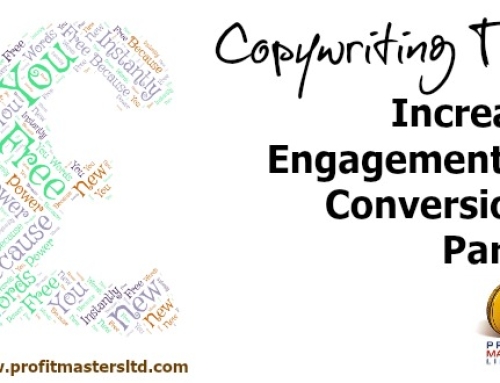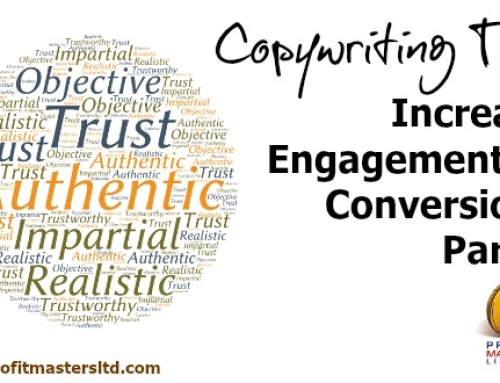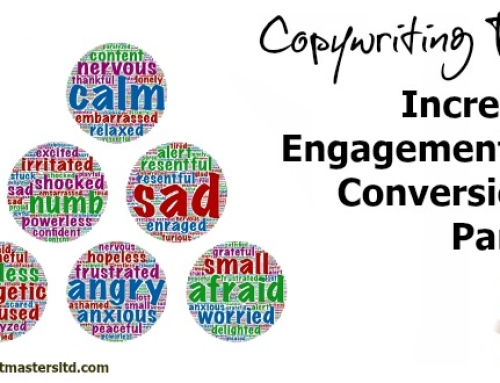A quick web search reveals dozens of articles and blog posts on this subject with the majority continuing to support the notion that the figures are still true today. Let’s take a closer look to understand the origins of the figures and ask the question whether this should still be our focus in B2B marketing today.
The originator of this quote, a Doctor Jeffrey Lant stated in his rule of seven that
“you must contact your buyers a minimum of seven times in an 18 month period for them to remember you.”
My research so far has not unearthed who first updated this rule to its current version, but it has become a guiding principle in B2B marketing.
Perhaps there was a time, maybe it still does, that this guideline supports current thinking and experience in B2B marketing. However, times are changing and the rules from yesterday may not apply in the same context today and may require re-shaping to fit new models. Let’s investigate.
External factors which are changing the B2B sales cycle
Recently there has been a shift in the online world. There are a number of contributing factors, but the root cause has been the numerous changes in Google’s algorithms for ranking businesses online. The result of these changes has been the need to clean up and re-write websites to provide the visitor with a superior experience, presenting more detailed and relevant content. Coupled with this was the emergence of the smart phone or tablet for surfing, which meant access to information has taken a dramatic upturn. The web has undergone yet another step forwards due to the introduction of these portable devices.
How has this impacted the B2B sales cycle?
There has certainly been an impact in the early stages of the sales process. Buyers are becoming experts and no longer require a sales person to impart knowledge and data. This is now more readily available on the internet. The ability to undertake research has resulted in the buyer’s knowledge occasionally surpassing that that of the sales person. The ability to gather data independently has meant that a sales person is not as engaged in the early stages of the sales process.
According to Sirius Decisions, 67% of the buying cycle is now conducted online. This means that a significant part of the sales process is completed before anyone in your organisation has “touched” the prospect or possibly knows of the prospect.
The days of the salesperson’s scale of activity may be numbered
What does this mean? Buying patterns suggest that the early courtship and educational part of the sales process is disappearing. It doesn’t mean the end for sales people. This should be welcomed as an opportunity, as it allows their time and skills to be better utilised, with the overall result being a shorter sales cycle.
What this really means for B2B transactions is that companies need to change their marketing approach and become more adept in two key areas:
1) Creating an effective and strong online presence by developing a B2B content marketing strategy. What do I mean by this?
Websites must contain rich, compelling content to engage a visitor, demonstrating a sound understanding of their needs, wants, desires, challenges and present a solution or answers to questions in order to solve their problem.
Remember what you read earlier about the early part of the sales process being undertaken by the prospect, without a superior or strong online presence your business may not make the buyers short list.
Whilst I’ve mentioned websites specifically here as they are the foundation to a good online presence, social media and forums are also important, and should receive serious attention and investment too.
Whilst visiting your website may be counted as a “touch,” this is not one you can control or influence easily compared to direct contact. The buyer is in control here, in stealth mode, and they choose what they read and which companies they visit. As mentioned earlier, they also decide who to contact and when they will instigate contact.
2) Engage the prospect through a consistent stream of communication.
There is still a tendency in some industries to act as though marketing is a one-shot deal. They send one communication, and if the prospect doesn’t buy then they believe the prospect isn’t interested. In today’s B2B world you need to communicate in a way that educates and nurtures until the prospect is ready to buy. For me it’s always been this way but you’d be surprised how many businesses continue to market in a disjointed and tactical manner. Of course, it’s also important to test your marketing using multiple media to increase the chance of getting a positive response.
Of course, what marketing boils down to is this…
If the timing, your message and the offer are in alignment, then the result is the sale or movement towards the next step in the sales process. This could be instant or take months. The bottom line here is that the number of touches required to generate a qualified sales lead or sale are irrelevant. What is important is that you understand the need for a conveyor belt of methods and approaches, rather than rely on one.
This article began by questioning whether the guideline or rule of 7-13 touches is still valid. The conclusion is that it’s the wrong question to answer or focus on. With buying patterns changing, the emphasis should be on investing in your online presence, built alongside other marketing media. The strategy is to educate the market by providing better, more accessible information to elevate your positioning in the market, and also to gain a position on the buyer’s short list – preferably the number one position.
Your online presence must fill the gap and become a sales person on screen. You could call it the pre-sell to make the short list, and it’s the most important weapon in your sales and marketing plan. Use it well.







Leave A Comment
You must be logged in to post a comment.